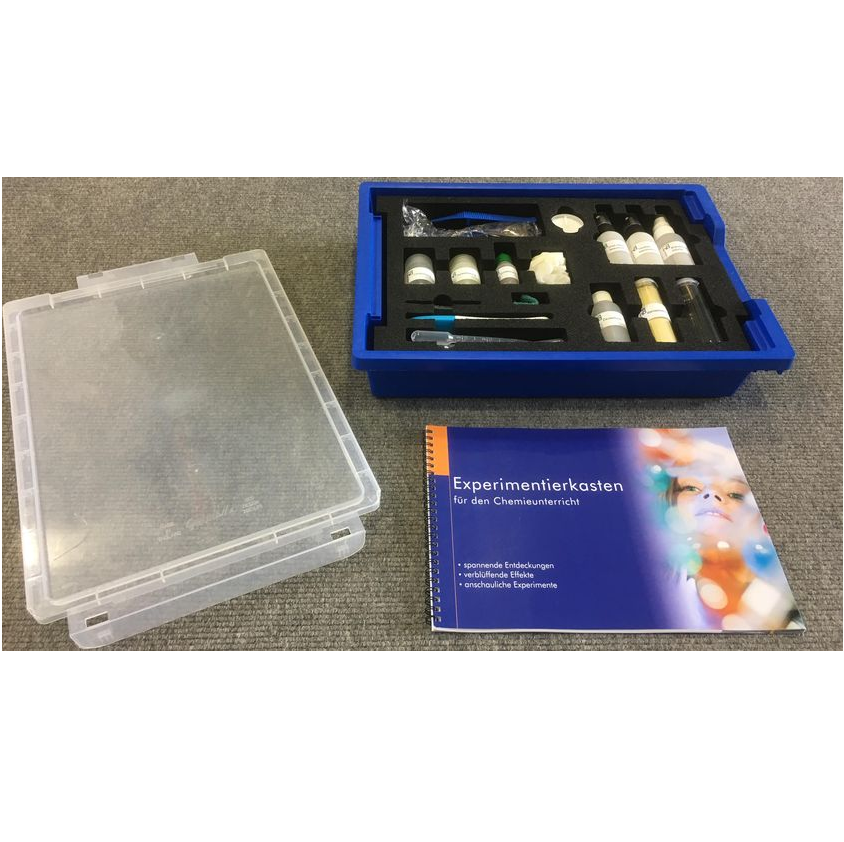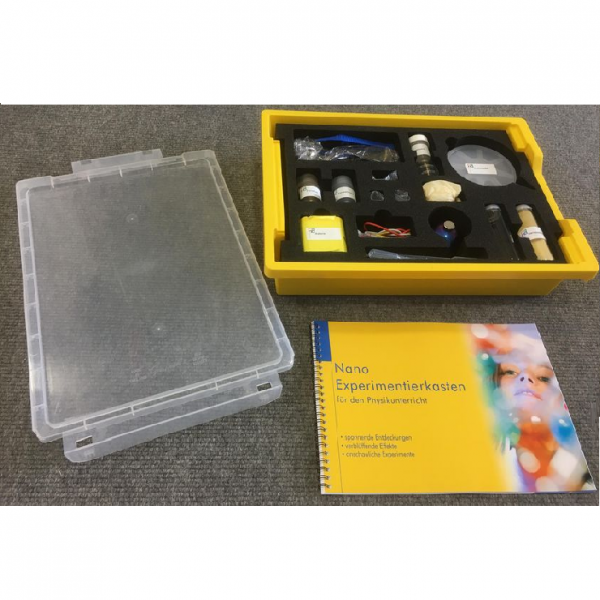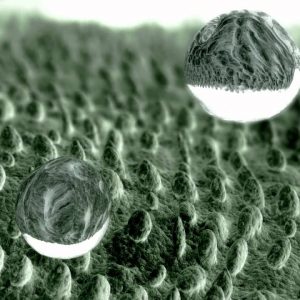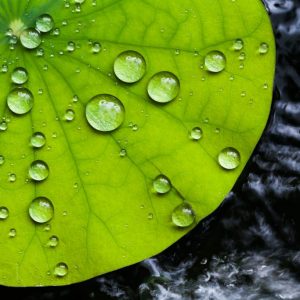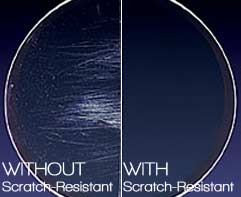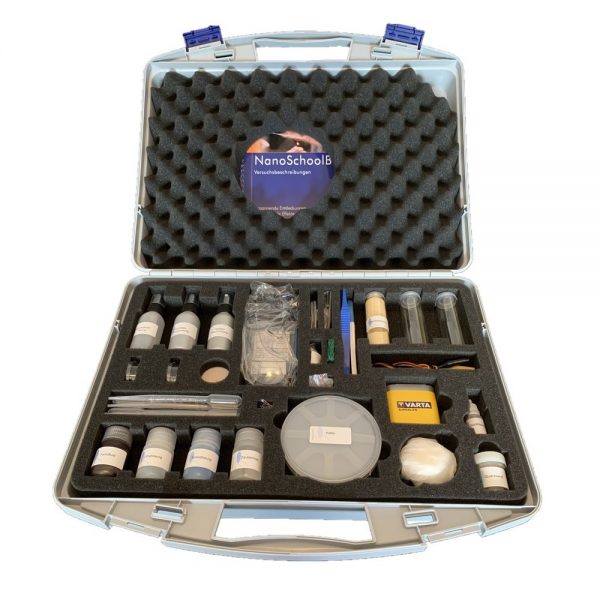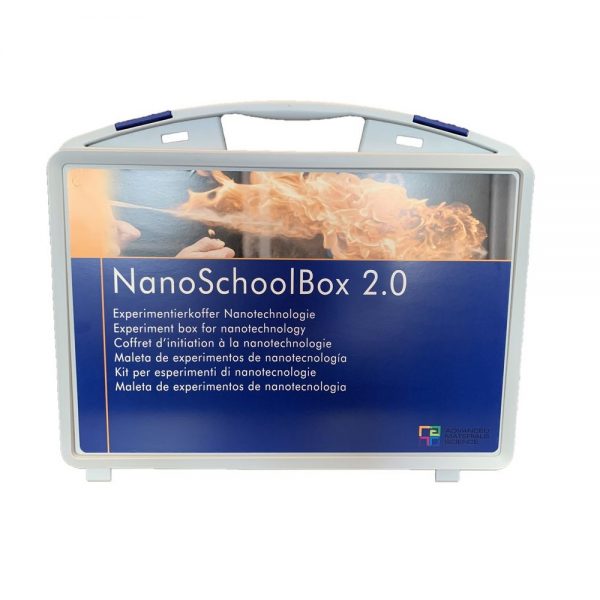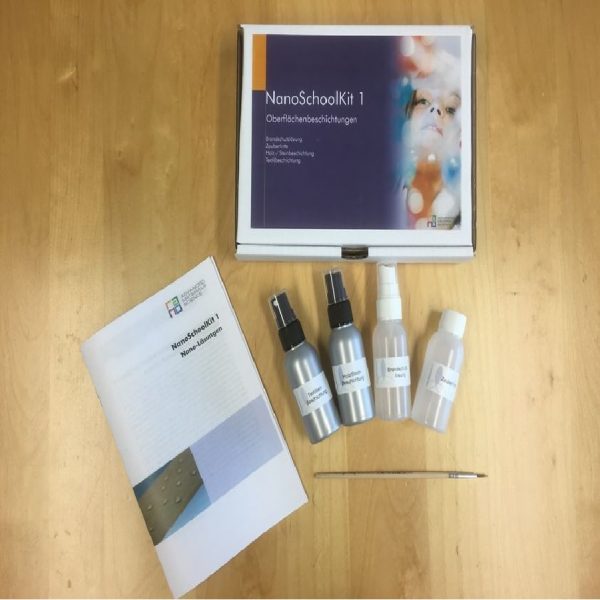Detailed experiments:
Experiment 1: Experiments to achieve the “natural cleansing” of the lotus?
The aim of this experiment is to determine whether certain materials have a hydrophobic surface. Hydrophilic fibers on some of the surface of the leaves exert adhesive forces on the water, which increase the larger their surface area (or the harder the surface of the paper). For this reason, the water drop spreads on the surface to a greater or lesser degree. In nature, this natural cleansing effect is responsible for the surface of the leaf that remains mostly clean.
Experiment 2: Hydrophobic artificial surfaces
Along with the natural lotus phenomenon found in the plant and animal kingdom, one can apply a kind of “lotus effect” to almost any type of artificial surface, ie a water repellent, hydrophobic effect. This should not always be based on a microstructure, as the hydrophobic properties can be added to surfaces by applying a coating containing fluorinated compounds, a Teflon-like effect. It should be noted, however, that a real lotus surface is always based on microstructures. Only the visible phenomenon is the same.
Experiment 3: Production of hydrophobic surface on wood or mineral material
This experiment involves the development of artificial hydrophobic surfaces in materials such as wood or stone (you will do hydrophobic [water repellent] treatment.
Experiment 4: Production of hydrophobic surface on fabrics
As in the previous experiment, you will develop a hydrophobic effect in this experiment as well. It is based on the same principle as Experiment 2. However, in this case you are dealing with a special impregnation to obtain a hydrophobic and oil-repellent (oil repellent) for fabrics and paper.


 Labdisc
Labdisc Botzees
Botzees Edison
Edison Telepresence Robot
Telepresence Robot DOBOT
DOBOT Keyestudio
Keyestudio Fischertechnik
Fischertechnik